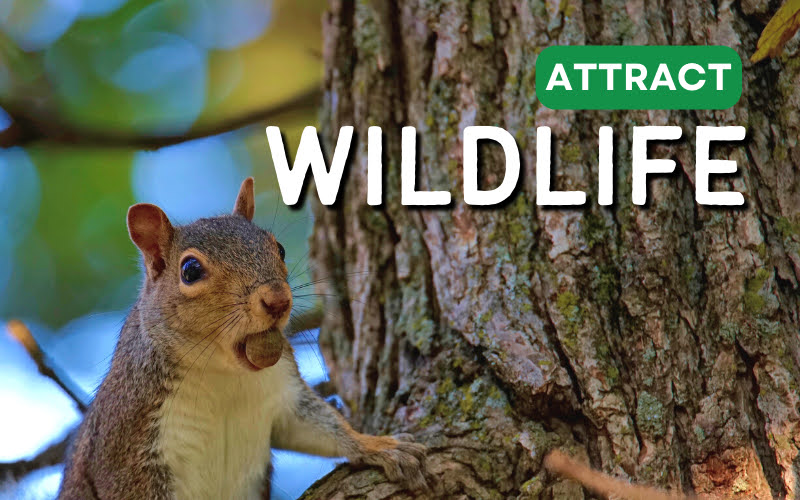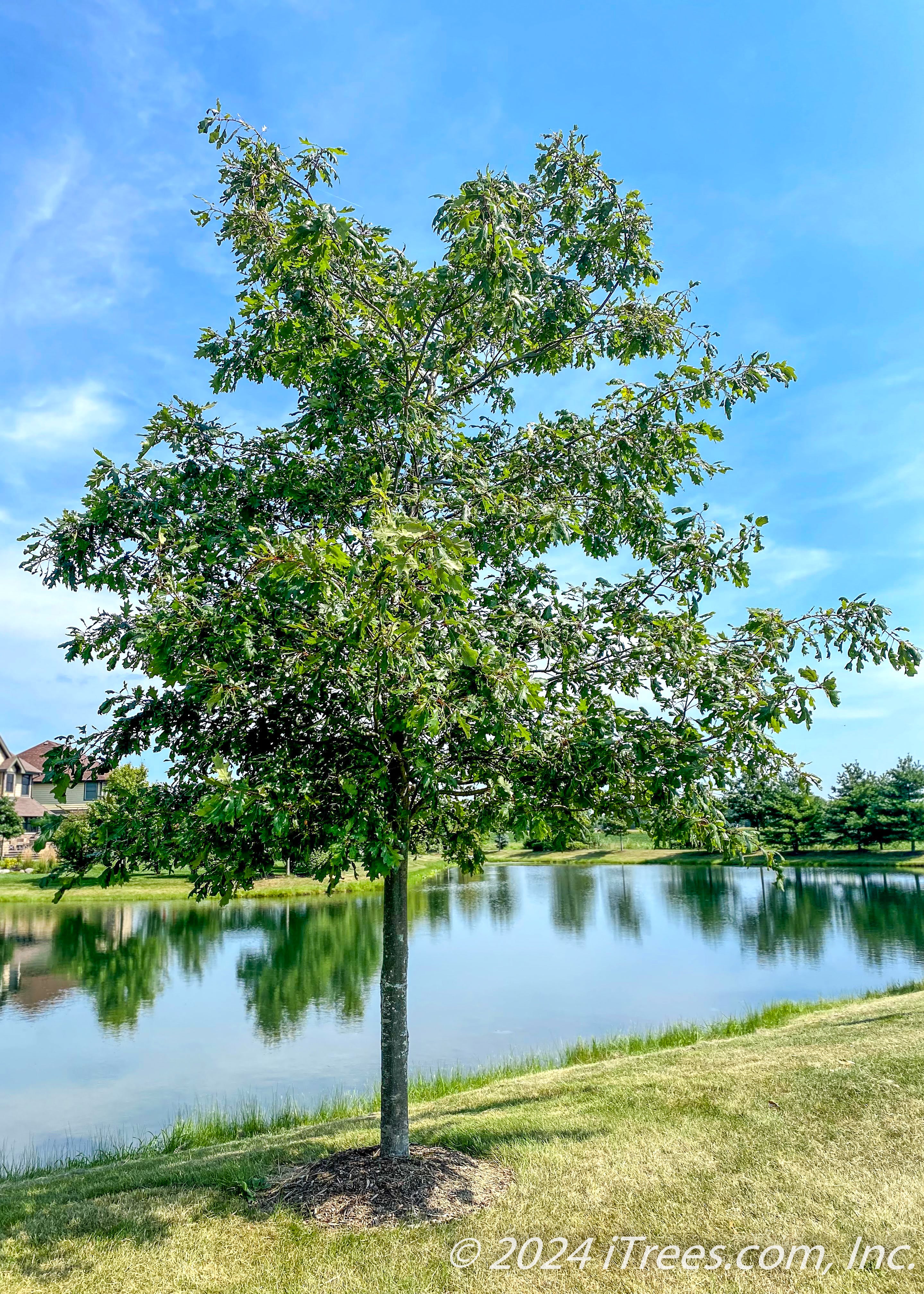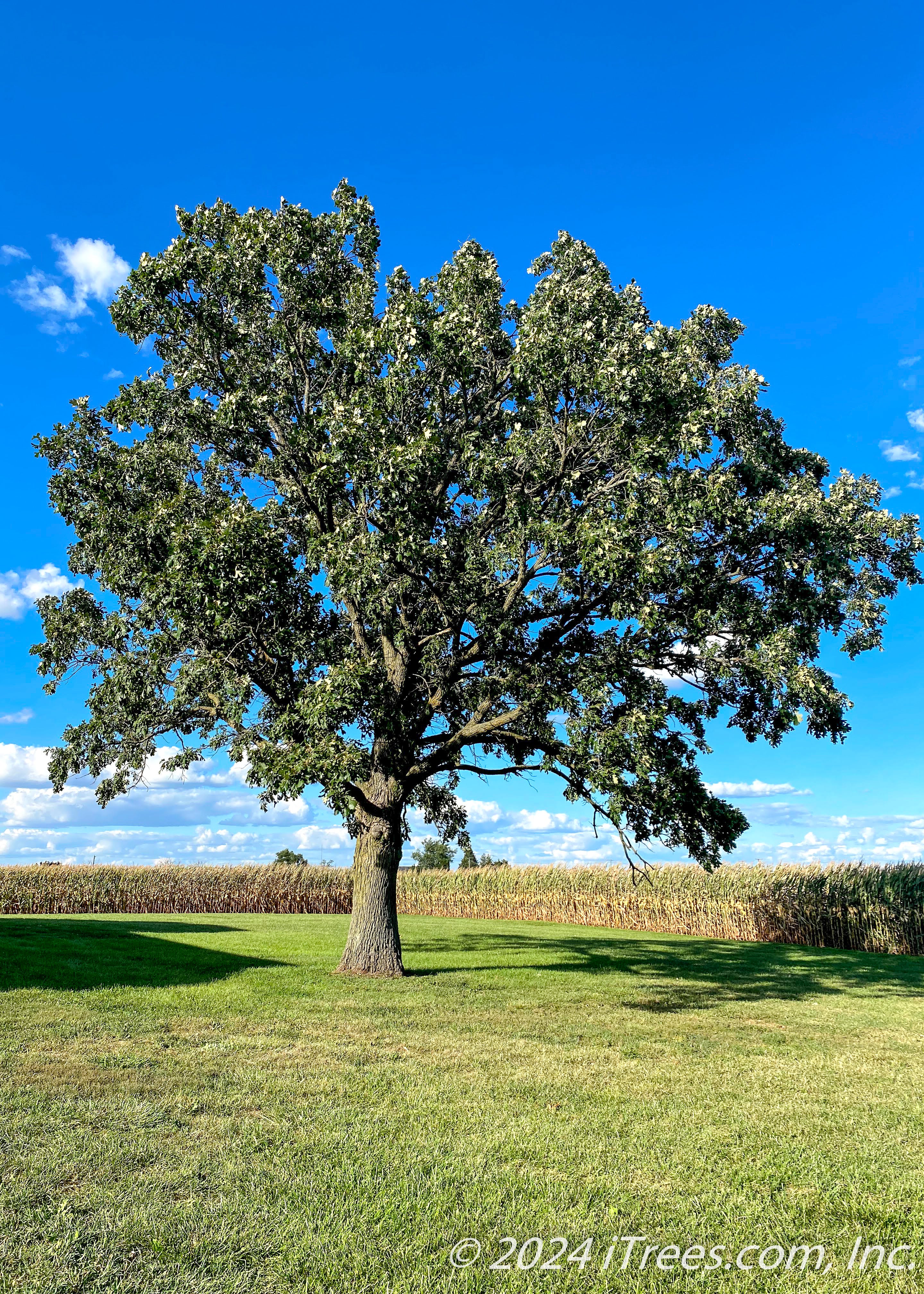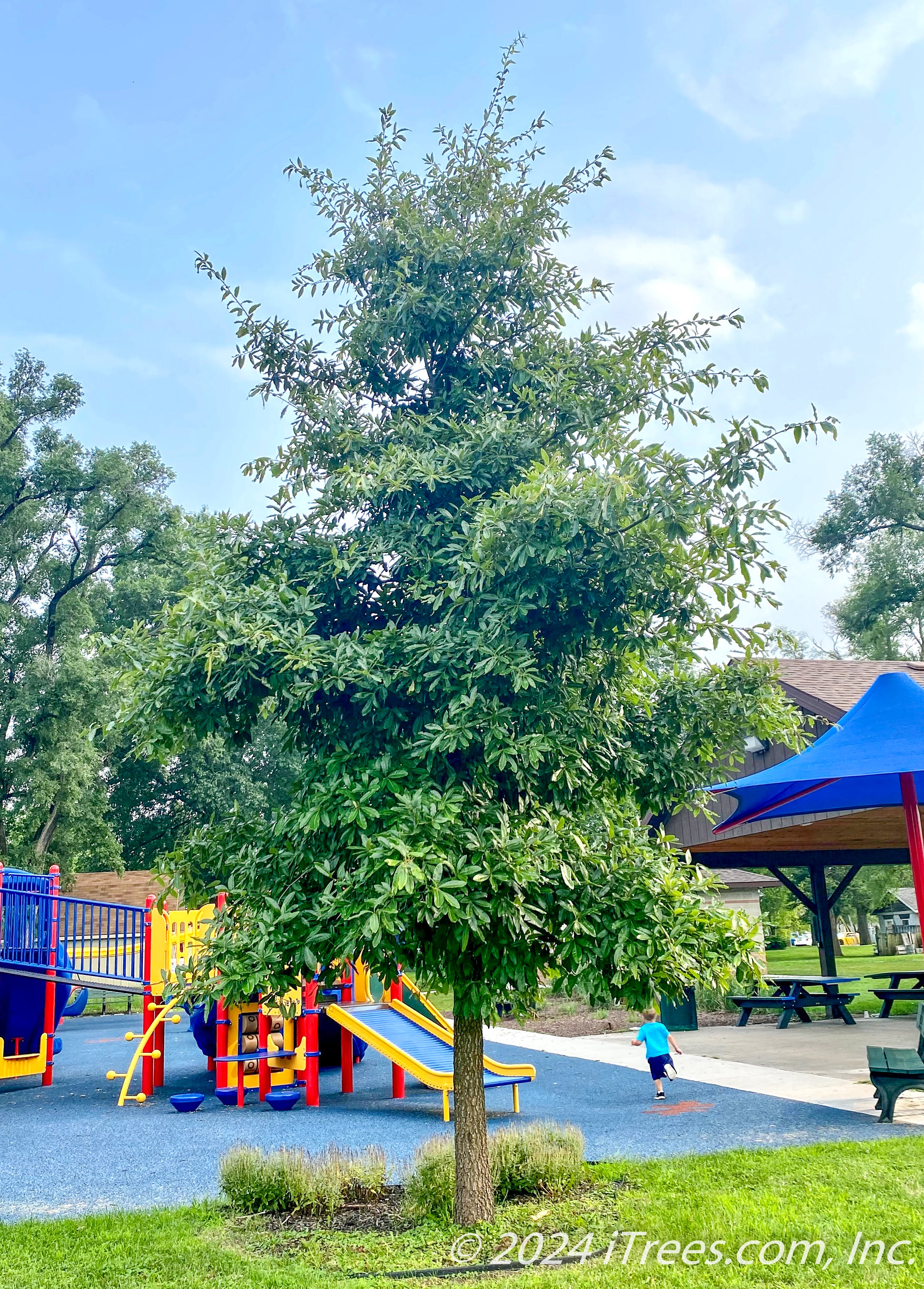
What makes oaks worth celebrating?
Let us count the ways... These trees are considered long-living, ancient even. Often thought of as majestic. Oaks have long since been part of history and folklore. Environmentally, oaks play a seriously critical role in ecological preservation.
Oaks are worth celebrating any day of the week! They even get their own month, OAKtober!
October is Oak Awareness Month in Illinois. We celebrate all month long. Learn more about OAKtober and the importance of oak trees here.
Around 600 species of oak trees (Quercus) exist today. 90 of those species of oaks call the US home, and 21 oak species are native to IL.
Here are a few oaks that are native to the Chicago region. They are some of our finest trees!
White Oak
Swamp White Oak
Chinkapin Oak
Red Oak
Hill's Oak
Bur Oak
So, what makes up an oak?
The beauty of an oak tree is made up of many parts. Zoom in to see what makes up the parts of an oak.
Flowers- Oaks have a flower cluster with no pedals called catkins and appear in early spring as the leaves unfurl. Catkins dangle from the tree in early spring. They are yellow to greenish-purple in color. Catkins are a delicious early spring food source that boosts wildlife diets.
Fruit- Acorns (sometimes called an oaknut)! After the tree is done flowering, the catkins are replaced by acorns. Emerging light green before turning the classic tan to the chestnut brown color we all know. Acorns will then drop sometime between September and October. Some are more frilly and husky than others. It has a cap (cupule or a crown) and a hard outer shell that holds a single nut (seed) inside. Acorns vary in appearance between species of oaks. It is a preferred food source for many small mammals.
Bark- Bark protects trees from disease, pests, and the weather. Most oaks will have or develop deeply furrowed bark, and some have an exfoliating appearance. Bark will vary depending on the species.
Leaves- These babies offer substantial shade and provide safe shelter for wildlife. Leaves are usually arranged in a spiraling pattern off the branch and vary in appearance. Most oak leaves are lobed or serrated. While trees like the Shingle Oak have unlobed smooth-edged leaves.
Oak trees and trees, in general, help reduce flooding, and they clean our air and water. Plant native oaks & choose a sunny location so that they can thrive!
Let's take a closer look at each one of these outstanding oaks →
White Oak is a Chicago region native. Beautiful, stately, and wide-spreading at full maturity. This is a slow grower. Given time and patience, this tough-as-nails oak will adapt and thrive. Rich green leaves offer a dense shade. In autumn, its leaves turn a deep maroon red. This beauty is our beloved state tree.
This is an outstanding oak variety. Tolerant of a variety of site conditions, especially those with wet soil. Once fully mature, it will stand stoically with a broadly rounded form. Green leaves change to yellowish-tawny brown in the fall. Swamp White Oak is the fastest-growing oak variety we have available.
This large shade tree has unique unlobed leaves, which are different from what we are used to seeing in an Oak. Smooth gray bark matures to be slightly furrowed. Its leaves are dark green in the summer before changing to a yellow-orange to russet-brown in the fall. We only wish we planted this beauty more often.
Rich, glossy green serrated leaves provide dense shade, color, and texture in the landscape. Pyramidal in its youth, becoming rounded with age. Leaves transition from green to yellow-orange to rusty-red in the fall. The bark matures to be textured by scaley plate-like bark.
Red Oak, or Northern Red Oak, is one of the more moderate-growing oak trees. Its leaf lobes are more pointed, emerging a light pink before turning light green in late spring to early summer. Fall brings a rich scarlet red fall color. This tree offers year-round picturesque appeal, and it's an ideal urban shade tree selection due to its tolerance to air pollution and salt.
Hill's Oak, known as Northern Pin Oak, has a higher tolerance to soil pH than its Pin Oak counterparts, which makes it less susceptible to chlorosis (yellowing of the leaves). This tree unfurls with pink, fuzzy new leaves in spring. Leaves transition to a glossy green in summer before turning a deep scarlet red in the fall.
Bur Oak is beautiful and majestic. This is a shade tree to plant for future generations. This native tree is one of the toughest oaks available. The bark matures to be corky and furrowed. Rich green leaves have a silvery underside and turn yellowish-brown in the fall.
Bottom line? Illinois oaks are outstanding!
References →
The Mighty Oak: Oak Trees of the Chicago Region


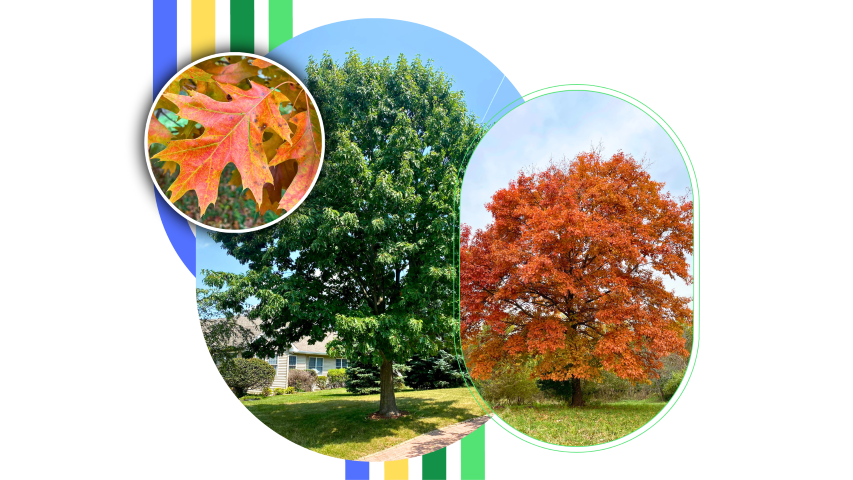
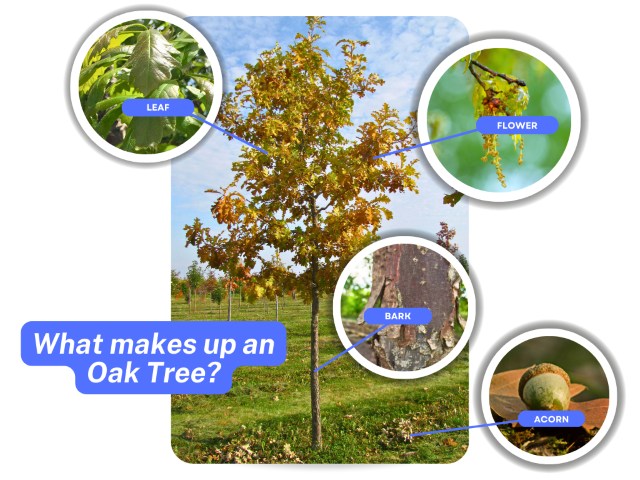



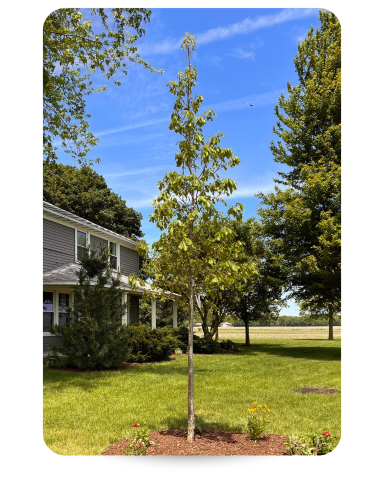
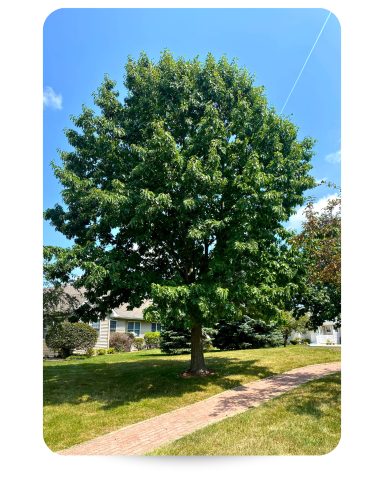





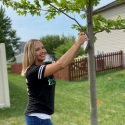
.png)

